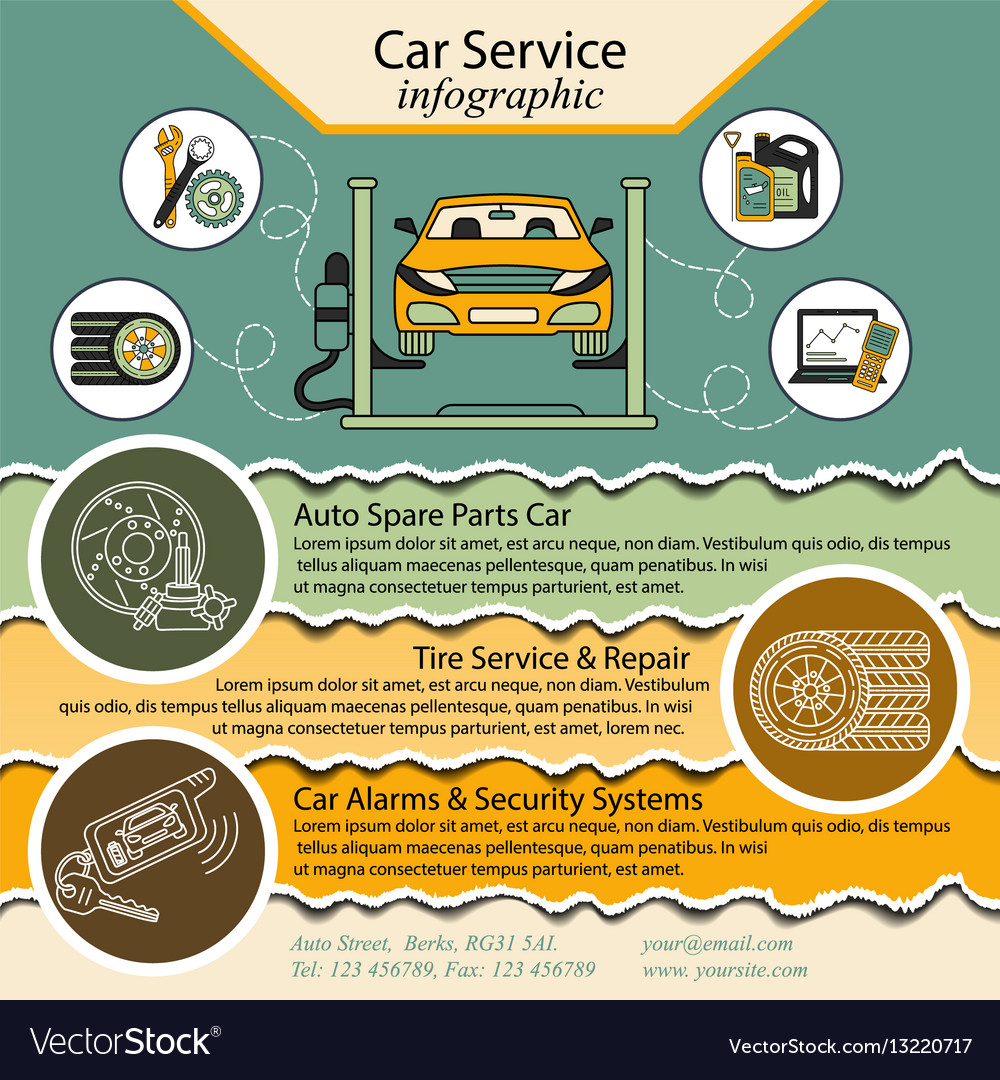Translating Your Vehicle'S Warning Indicators: What They Absolutely Symbolize
Translating Your Vehicle'S Warning Indicators: What They Absolutely Symbolize
Blog Article
Article Produced By-Termansen Corbett
When you lag the wheel, those beautiful warning lights on your control panel can be a bit puzzling. Do you understand what they're trying to tell you regarding your automobile's wellness? Recognizing the significance of these lights is vital for your security and the long life of your vehicle. So, the next time among those lights pops up, would not you wish to understand its message properly and take the necessary actions to resolve it?
Common Caution Lighting and Interpretations
Determine typical caution lights in your automobile and recognize their significances to guarantee risk-free driving.
The most regular caution lights consist of the check engine light, which signals problems with the engine or emissions system. If this light begins, it's vital to have your lorry inspected without delay.
https://carmaintenanceschedule17394.blogtov.com/11571304/the-spectacular-remodeling-of-a-neglected-vehicle-showcases-the-incredible-impact-of-specialist-describing-techniques-prepare-to-be-amazed-by-the-outcomes warning light suggests low oil stress, calling for prompt attention to prevent engine damages.
A flashing battery light may recommend a faulty charging system, possibly leaving you stranded if not attended to.
The tire stress surveillance system (TPMS) light signals you to low tire stress, impacting lorry stability and gas performance. Ignoring this can cause risky driving conditions.
The abdominal muscle light shows an issue with the anti-lock braking system, compromising your ability to stop quickly in emergency situations.
Finally, the coolant temperature cautioning light warns of engine getting too hot, which can result in severe damage otherwise settled promptly.
Understanding Learn Even more Here will aid you attend to concerns quickly and preserve secure driving problems.
Relevance of Prompt Attention
Understanding the typical caution lights in your car is just the primary step; the relevance of quickly attending to these cautions can't be emphasized enough to guarantee your security when driving.
When a warning light illuminates on your dashboard, it's your auto's way of communicating a prospective issue that requires attention. Ignoring these cautions can bring about extra extreme problems in the future, endangering your safety and possibly costing you extra in repairs.
Trigger focus to cautioning lights can protect against break downs and crashes. As an example, a blinking check engine light can show a misfire that, if left neglected, could create damages to the catalytic converter. Addressing this promptly can save you from an expensive repair service.
In a similar way, a brake system warning light could indicate low brake fluid or worn brake pads, important components for your security when driving.
DIY Troubleshooting Tips
If you observe a warning light on your dashboard, there are a couple of DIY fixing tips you can try prior to looking for professional help.
The first step is to consult your auto's handbook to comprehend what the specific caution light indicates. Occasionally the problem can be as easy as a loosened gas cap causing the check engine light. Tightening up the gas cap may fix the trouble.
Another usual issue is a low battery, which can cause different warning lights. Checking the battery connections for rust and guaranteeing they're secure might fix the trouble.
If a warning light lingers, you can try resetting it by disconnecting the car's battery for a couple of mins and then reconnecting it. Additionally, inspecting your vehicle's liquid degrees, such as oil, coolant, and brake fluid, can assist fix alerting lights connected to these systems.
Verdict
Finally, understanding your cars and truck's caution lights is necessary for keeping your car running smoothly and securely. By quickly attending to these informs and knowing what they suggest, you can stay clear of costly fixings and possible malfunctions.
Keep in mind to consult your auto's guidebook for specific details on each alerting light and take action appropriately to make sure a trouble-free driving experience.
Remain educated, stay cut and polish car on the road!
